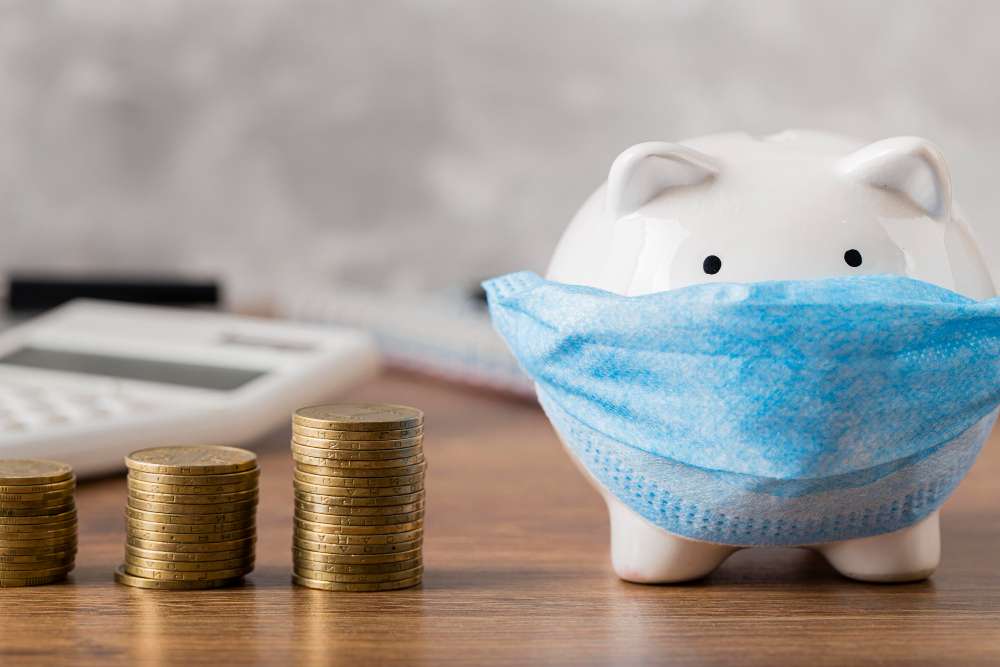
A strong financial strategy must include an emergency reserve. It offers a safety net that can protect you during hard times and keeps you from debt when unanticipated costs arise. Here's why establishing an emergency fund is crucial and how you can start building yours today.
1. Peace of Mind
Having a financial safety net can ease stress and provide peace of mind. This financial buffer allows you to handle life's surprises without panic.
2. Avoiding Debt
Sudden expenses like a car repair or medical bill can lead you to accrue credit card debt without an emergency fund. This Debt often comes with high-interest rates, complicating your financial situation further.
3. Handling Medical Emergencies
Your health insurance may not cover protection of all medical costs, especially if you face a significant health issue or accident. An emergency fund can help cover deductibles, medications, and other out-of-pocket expenses.
How to Start Building Your Emergency Fund
1. Set a Target Amount
Generally, saving three to six months of living expenses is advised. However, even $500 to $1,000 is a great start and can cover many more minor emergencies.
2. Open a Dedicated Savings Account
Keep your emergency fund segregated from your bank account to prevent the temptation to withdraw money from it for regular expenses.
3. Start Small
Begin by saving a small, manageable amount from each paycheck. Even $50 or $100 can add up over time.
4. Automate Your Savings
As soon as you receive your paycheck, set up automatic transfers to your savings account. This guarantees that saving stays a top priority and makes it simple.
5. Cut Unnecessary Expenses
Review your monthly expenses and cut back where possible. Redirecting these funds to your emergency account can accelerate your savings.
6. Use Windfalls Wisely
Immediately transfer any unforeseen earnings, such as bonuses, presents, or tax refunds, into your emergency fund.
7. Increase Contributions Over Time
Consider increasing your emergency fund contributions as your financial situation improves—whether through a pay raise or decreased expenses.
8. Monitor and Replenish as Needed
Should you need to use funds from your emergency account, make a plan to replenish it. Adjust your budget or find additional ways to save.
By following these steps, you can build a robust emergency fund that secures your financial future and provides peace of mind. Recall that the purpose of an emergency fund is to guarantee your financial stability and preparedness for any unforeseen circumstance.